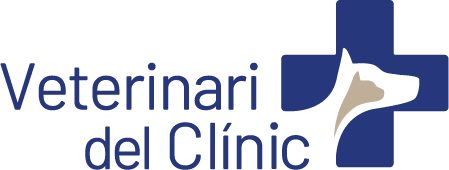Minimally invasive surgery consists of using the body’s natural orifices (endoscopy) or making small incisions (laparoscopy) through which, among other things, the structures or organs of interest can be handled and visualised. As well as this, biopsy samples can be taken, and curative or supportive procedures can be carried out in a wide variety of pathologies, whether in the thoracic cavity, abdominal cavity, intra-articular and nasal apparatus.
Some of the advantages over conventional surgery:
- Small surgical incisions that reduce healing time, resulting in rapid recovery.
- Reduced postoperative pain, resulting in rapid anaesthetic recovery and shorter post-operative hospital stay.
- Reduced risk of bleeding and intraoperative complications, making the procedure safer.
- Better visualisation of organs and structures, facilitating the different techniques to be performed.
Before scheduling an intervention using minimally invasive techniques, it will be necessary to carry out a general study of the patient. It is also key to ensure that their clinical condition and pathology require these procedures as the technique of choice to reach a diagnosis or as a method of treatment.
That is why, at Veterinari del Clínic, we offer you personalised advice for any doubts that may arise.





